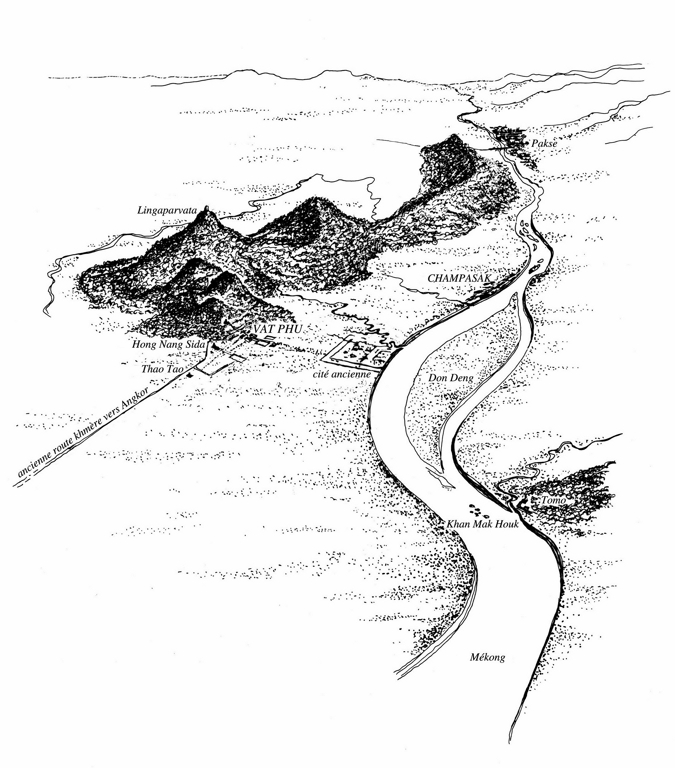Damian Evans
The announcement of the passing of Damian Evans has suddenly filled our hearts with immense sadness and emotion. All those at the Vat Phou office who had the good fortune to work with him express their deep sorrow at this immeasurable loss and their empathy for his family and friends.
The members of his team on the LIDAR project for southern Laos, made up of Vilasak Phongsawath, Sybounheuang Phimmaseng and David Bazin, not forgetting Vissa Chanthaphasouk and Viengkeo Souksavadty, are particularly affected by Damian's demise and will work with heart and humility to continue the missions he had set up as best they can, remembering in their hearts his incredible availibility and the outstanding quality of his knowledge.
We would also like to mention Isabelle Magueur, Amphol Sengphachanh and Khamchanh Xaymongkhoune (CHAMPA project for Vat Phou) as well as the people from the Savannakhet DICT (CHAMPA LIDAR project) who join us in this sincere and sorrowful tribute.
Forever in our hearts, may your soul rest in peace.
The LIDAR team in southern Laos, EFEO Champasak, Vat Phou Office, CHAMPA project team
-------------------------------------------------------------------

It is with deepest regret to inform you of the passing of Damian Evans on Sept 12 in Paris, France. For the last two years our dear friend and colleague had been tenaciously fighting an aggressive form of cancer. He died peacefully, accompanied by close family and will be deeply missed by those who knew and worked with him.
Damian's career, cut far too short, greatly transformed the general understanding of Angkorian settlement patterns and we will be indebted to his efforts for decades to come. He began working in Cambodia as an undergraduate student in the late 90s and was a formative member of the Greater Angkor Project based at the University of Sydney. Damian's Honours and PhD theses employed multiple remote sensing platforms and ground surveys to extend the map of Angkor and redefine the nature of occupation and hydraulic patterns utilized by the Khmer Empire. The pinnacle of his research career was the successful direction of two extensive lidar missions in Cambodia. The second mission, funded by the European Research Council (ERC) and based at the École française d’Extrême-Orient (EFEO), produced the single largest lidar data capture in the world and put Southeast Asia clearly on the map as a leader in global archaeological research. Earlier this year, he organized the delivery of a 3000sqkm lidar coverage in south Laos on an EFEO project supported by the Agence française de Dévelopement. Damian was also currently working on another pioneering ERC funded project that would extend the Cambodian experience to other sites and countries across Southeast Asia, and that would integrate AI and automatic learning into the analysis of settlement data.
Damian's written contributions in 'Angkor and the Khmer Civilization' with Michael Coe and recent 'The Angkorian World' will remain essential English-language reference works for the next generation. His numerous articles, including those in PNAS changed perceptions of Angkor from a collection of temples to the vibrant pre-modern agro-urban city we understand today. Damian's research was exacting, dynamic and always sought to push the needle that little bit further. Perhaps most importantly he worked from a truly collaborative ethic that he initiated and maintained around the lidar, evidenced through the numerous co-authors he published with.
On a personal note, he is survived by a loving family who will dearly miss him. Damian was father to two beautiful children who he loved ceaselessly. He made friends effortlessly across social and cultural boundaries and will be remembered for his relentless work ethic, boundless generosity, and good humour.
Rest in peace, dear friend.
Mitch Hendrickson, Martin Polkinghorne; Christophe Pottier









